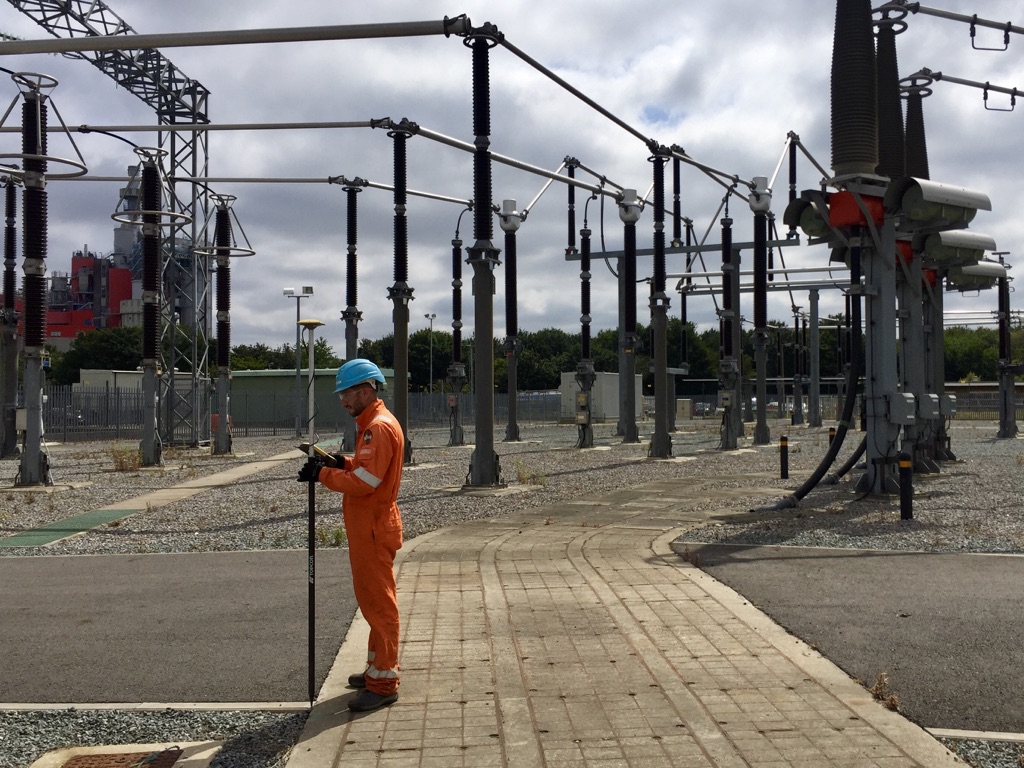Grasping the Basics of Establishing Out Design for Precise Building And Construction
Establishing out design serves as the backbone of accurate building, making sure that every job lines up with its intended design and requirements. As we discover the complexities of setting out, it becomes evident that also small oversights can lead to considerable ramifications.
Significance of Laying Out Engineering
Establishing out design is essentially essential in the construction procedure, as it ensures that frameworks are properly positioned according to develop requirements. The precision of setting out straight affects the overall honesty and performance of the built setting. Any type of inconsistencies or mistakes during this stage can result in substantial problems, such as misalignment, architectural failing, or pricey rework.
Furthermore, setting out design functions as a critical interaction tool amongst different stakeholders, consisting of architects, specialists, and engineers. It provides a clear recommendation structure that overviews the building team throughout the job, thereby lessening the threat of misconception and enhancing cooperation. This process additionally helps in sticking to regulatory requirements and local codes, which are vital for getting necessary licenses and approvals.
Furthermore, efficient establishing out adds to predict efficiency by helping with accurate measurements and lowering material waste. By guaranteeing that each aspect is precisely placed from the beginning, the probability of hold-ups and spending plan overruns is dramatically decreased. To conclude, the relevance of establishing out design can not be overemphasized, as it is foundational to accomplishing effective, compliant, and sustainable construction end results.
Trick Concepts of Laying Out
Precise implementation of laying out is controlled by numerous crucial principles that guarantee successful implementation in building jobs. Accuracy is important; establishing clear reference factors and lines of sight is important for minimizing mistakes. This includes using developed criteria and ensuring that dimensions are taken consistently and accurately.
An additional concept is complete planning. A thorough setting out plan needs to account for all components of the layout, including dimensions, levels, and offsets. This insight alleviates discrepancies throughout building and construction and boosts efficiency.
Reliable communication amongst employee also plays a crucial role. All stakeholders must remain in alignment pertaining to the task requirements and laying out treatments to prevent misconceptions that could cause costly mistakes.
In addition, regular verification of dimensions and alignment helps preserve precision throughout the building procedure. This can involve regular checks versus existing website features or recommendation factors to make sure that the work holds to the intended style.
Devices and Tools Needed

Fundamental devices consist of the overall terminal, which combines electronic theodolite and range measuring capabilities, enabling exact angle and distance measurements. Engineering surveys. In addition, a leveling instrument, such as a laser level or optical degree, is essential for establishing horizontal airplanes and slopes
Measuring tapes, ranging from typical steel tapes to more sophisticated electronic alternatives, provide necessary functionality find here for straightforward direct dimensions. Pen devices, including chalk lines and risks, are important for envisioning reference points on-site.
In more complicated jobs, GPS checking equipment can improve precision over larger ranges, while 3D scanners can assist in verifying status quo. Sustaining devices such as plumb bobs and string lines are also important for making sure upright placement and straight lines.
Inevitably, purchasing quality tools and preserving them consistently greatly adds to the total success of establishing out design, promoting a streamlined building process that adheres to design specifications.
Usual Strategies for Precision
Achieving precision in laying out design needs the application of particular techniques that enhance dimension precision. Among the fundamental techniques is triangulation, which uses the homes of triangles to identify locations with high accuracy. By determining the lengths of two sides and the angle in between them, engineers can accurately place factors on-site.
An additional crucial strategy is the use of leveling tools, such as laser levels or automated degrees. These tools supply a constant reference aircraft, making sure that all measurements are extracted from a typical baseline. Normal calibration of these instruments is crucial to keep their accuracy.

Obstacles and Solutions in Setting Out
Navigating the intricacies of laying out engineering offers numerous difficulties that can affect project end results. One considerable difficulty is the dependence on precise measurements and placements; even minor mistakes can result click reference in substantial disparities in building. Exterior aspects such as ground conditions, climate, and site accessibility better complicate the procedure, requiring versatile approaches.
To deal with these challenges, using sophisticated modern technology such as GPS and 3D modeling can enhance precision and performance. These tools enable real-time data collection and surveillance, decreasing human mistake and guaranteeing adherence to make specs. In addition, executing strenuous training programs for personnel associated with setting out can promote an experienced labor force adept at managing possible issues.
Establishing clear lines of communication among all stakeholders-- engineers, property surveyors, and building and construction groups-- guarantees that everyone is aligned with the project objectives and aware of any adjustments to the strategy. By welcoming these solutions, professionals can significantly enhance the precision and integrity of establishing out engineering practices.
Conclusion
In verdict, understanding the basics of establishing out design is vital for achieving accuracy in building tasks. here Ultimately, a strong structure in setting out design adds significantly to the total honesty and performance of building and construction results.
Establishing out engineering serves as the backbone of exact building and construction, ensuring that every job lines up with its designated layout and specs.Establishing out design is basically essential in the building procedure, as it makes sure that structures are precisely positioned according to develop specifications. In final thought, the value of establishing out design can not be overemphasized, as it is foundational to attaining effective, certified, and sustainable building results.
